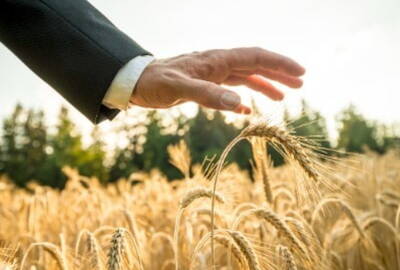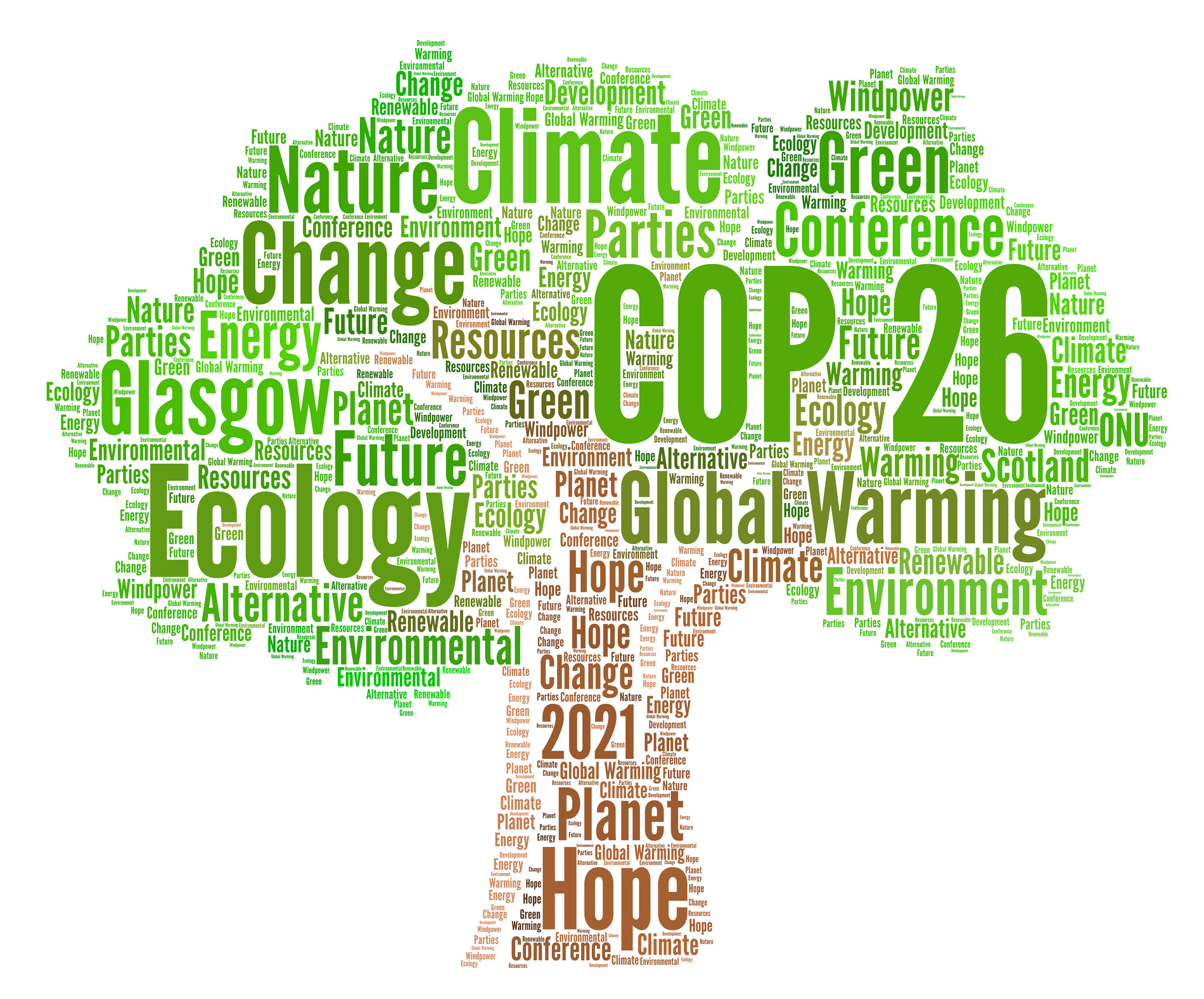As the climate changes, so does a farmer’s ability to grow a sustainable crop of food. Shifting temperatures, erratic/extreme weather conditions such as droughts and floods can make farming unpredictable and extremely challenging.
What is COP26?
Without prompt and swift action, climate change can force entire nations to migrate by the year 2050 and food prices will also become volatile. In fact, a natural disaster in one part of the world can increase the price of grain by 50%! That’s why, the COP26 summit was held last month in Glasgow to address these concerns and to help world leaders come to a consensus on how some of the catastrophic effects of climate change could be averted.
The summit follows on the heels of the landmark Paris Agreement, which was signed in 2015 by over 190 countries and represents a shared global decision to reduce global temperatures and ensure they don’t rise above 2°C.
Unfortunately, these last few years have been brutal for the planet as temperatures keep rising and global industries dig in their heels to ensure new regulations do not slow down production.
What COP26 Means For the Future of Agriculture and Farming?
Farming and agriculture have been helpless victims of climate change, but the commercialisation in the industry has also contributed to it. Agricultural greenhouse gases that emanate from soil, manure and fertilisers along with methane produced by cattle and rice paddies have increased the earth’s temperature more than carbon dioxide.
In 2017 during the COP23 summit, a breakthrough agreement was made, called the ‘Koronivia Joint Work on Agriculture’ (KJWA). The plan provided the globe with a roadmap based on agricultural issues,which could be resolved via a series of international workshops. At COP26, international governments and financing organisations went over the results of the last three workshops pertaining to the roadmap and agreed on all three topics that were under consideration.
During COP26, they realised that nutrient and soil management practices along with the optimal utilisation of nutrients have an effect on sustainable food production systems and in turn food security. They also realised while climate change had an effect on livestock management systems, sustainable solutions for animal health can reduce greenhouse gas emissions while improving grazing lands.
During the summit, governments also agreed that they needed to keep working on agriculture as per the UNFCCC process with the intention of making a decision next year during COP27. The nations realized that KJWA has a massive impact on financing organisations and can provide aid in aligning processes and organisations in their efforts to curb climate change and reverse its effects.
Additionally, the summit also acknowledged how inclusive the KJWA was when it came to ensuring that key players such as farmers, women, the youth and the indigenous population can share their knowledge when critical decisions are being made.
What can be done?
However, efforts should not stop there. Governments should be urged to take effective measures to hold organisations from across industries accountable for ensuring that their supply chains are eco-friendly and sustainable. To accommodate new legislatives requirements, smallholders, farmers and agricultural workers should have facilitated access to climate finances that can empower them and aid them in shifting to net zero production.
Besides this, the private sector should also be pressurised to pay fair wages, set fair prices and stick to ethical trading practices. By ticking all three of these boxes, they can make sure that agricultural workers such as farmers have resources that they need to invest in climate change protocols and mitigation efforts.
With enough resources at hand, they can also lobby for robust legal regulations that can aid them in maintaining the highest environmental standards which can eventually lead to sustainable worldwide trade policies.
Why Sustainability Is Still an Issue in Agriculture and Farming?
In agriculture, sustainability is still a complex idea since it includes a number of facets. This includes economic factors – sustainable farms must be profitable so that they can support the economy, and social factors – it should treat its workers fairly and have a sustainable relationship with the community at large.
COP26 failed to address these concerns, with some saying that the focus was more on meat consumption rather than measures that can be taken to reduce it or replace it with vegan alternatives. Still, others warn that telling farmers what their goals should be is not a good idea. There is no one-size-fits-all solution since each farmer must contend with different elements. By adopting indigenous eco-friendly farming practices, they can make a significant difference in the fight against climate change.
The research is promising. A study on sustainable agriculture in Mozambique proved the far-reaching benefits of conservative agriculture and agroforestry. The study showed that green practices can help farmers not only increase their productivity and yield, but also protect the environment and strengthen it against climate change factors.
Conclusion
The bottom line is that without action, none of the regulations that are set in COP26 or future environmental summits will bear any fruit when it comes to sustainable agricultural practices. The time to act was yesterday and the climate crisis is at its tipping point.
What we do now will have a massive impact on future generations, good or bad. The world must come together to take collective measures that can at least sustain life long enough to make climate friendly practices last.
Adaptation in agriculture is about pursuing an eco-friendly pathway that generations can follow without issue. By helping farmers adopt practices that can reduce greenhouse emissions, maintain productivity, and revitalise lands with less water, organisations across the globe can do more to reverse the effects of climate change than the humble farmer can. Change must start from the top down in order to be able to achieve lasting results.
We hope you enjoyed reading this blog and found it informative. You can check out our other blogs and industry insights for more information about farming, agriculture and agricultural jobs here: https://www.agrirs.co.uk/blog
If you are a client or a job seeker and are interested in finding more about the recruitment services which we offer – please visit www.agriRS.co.uk or contact our team today on 00441905 345155.













